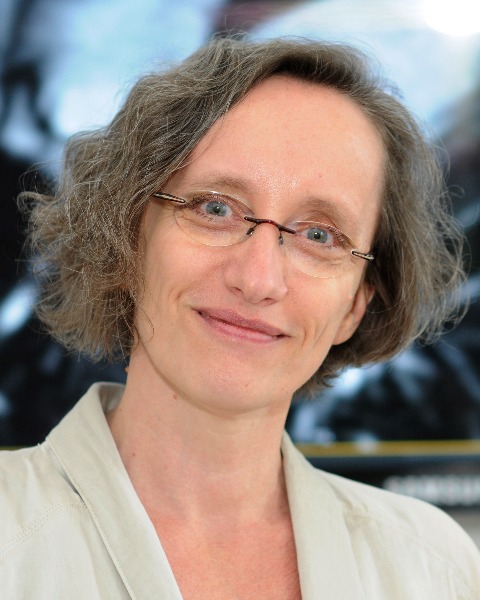Rapid Fire Abstracts
Left atrial strain is associated with electro-anatomically defined atrial cardiomyopathy but not with left atrial enhancement in patients with atrial fibrillation (RF_TH_257)
- MF
Maximilian Fenski, MD
MD
Charité Berlin , Germany - MF
Maximilian Fenski, MD
MD
Charité Berlin , Germany - LK
Leo D Krüger
Medical Student
Charité Universitätsmedizin Berlin, Germany - RH
Richard Hickstein, MD
Physician and Researcher
Charité – Universitätsmedizin Berlin, Germany - TG
Thomas Grandy, PhD
Electrophysiology Fellow
Helios Clinics Berlin Buch, Germany - AR
André Rudolph, MD
Consultant Cardiologist
HELIOS Hospital Berlin-Buch, Germany - MP
Marcel Prothmann, MD
Consultant Cardiologist
HELIOS Hospital Berlin-Buch, Germany - CS
Claudia Sprenger, MD
Cardiologist
HELIOS Hospital Berlin-Buch, Germany - HS
Henry Schütt, MD
Consultant Cardiologist
HELIOS Hospital Berlin-Buch, Germany - MS
Michaela Schmidt
Applications Developer
Siemens Healthineers, Germany - MW
Michael Wiedemann, MD
Consultant Cardiologist
HELIOS Hospital Berlin-Buch, Germany 
Jeanette Schulz-Menger, MD
Head Working Group Cardiac MRI
Charité/ University Medicine Berlin and Helios, Germany
Presenting Author(s)
Primary Author(s)
Co-Author(s)
Methods:
Forty ablation-naive AF patients (median disease duration: 126 days; 21 with paroxysmal-AF, 19 with persistent-AF) and eighteen healthy controls underwent 1.5T CMR. High-resolution (1.3x1.3x1.3mm) 3D late gadolinium enhancement (LGE) based on a GRE Dixon research sequence(2) and bipolar electro-anatomical mapping (EAM) were used to quantify LA fibrosis. Cine imaging and feature tracking was used to assess LARs. The fibrotic burden on LGE images was quantified using the image intensity ratio (IIR) method (3), with a threshold of 1.34, defined as the mean IIR ± 2 standard deviations based on the healthy control group. A subset of patients (n=28) underwent EAM (1049±565 sites), with fibrosis defined as bipolar LA low-voltage substrate (LA-LVS) < 0.5 mV (4). The LA-LVS extent was calculated as the ratio of absolute LA-LVS and the total LA surface. All measurements were taken during sinus rhythm. Patients who maintained sinus rhythm, as confirmed by 96-hour Holter monitoring at 6-month post-ablation, underwent repeat CMR.
Results: LARs progressively worsened from controls (24.7±2.9%) to paroxysmal-AF (18.23±4.36%) to persistent-AF (13.59±4.98%, P< .001), decreased with disease duration (r=-.35, P=.038) and effectively discriminated between groups (AUC: 0.78-0.90). LA-LGE was higher in persistent AF than in controls (P=.04) and paroxysmal AF (P=.044). Low voltage substrate on EAM was elevated in persistent AF (29.85±20.79% vs. 17.80±14.61%, P=.048) but did not correlate with LA-LGE. See Figure 1 for baseline parameters of LA remodeling. On stepwise multivariable regression, LARs but not LA-LGE predicted EAM-derived fibrosis (β=-.534, P=.005). Figure 2 shows exemplary strain curves for patients with and without extensive fibrosis on EAM. At 6-month follow-up, 86.5% of patients maintained sinus rhythm. In these patients, LA-LGE increased (P< .001), left atrial volume index (LAVi) decreased (P=.007), but LARs remained unchanged (see Figure 3).
Conclusion: In patients with AF, CMR-derived LARs effectively distinguishes between healthy individuals and different stages of AF and is associated with EAM-derived, but not LA-LGE-derived fibrosis measures. LA volume but not strain components show early reverse remodeling following successful catheter ablation, despite an increase in LA-LGE.

